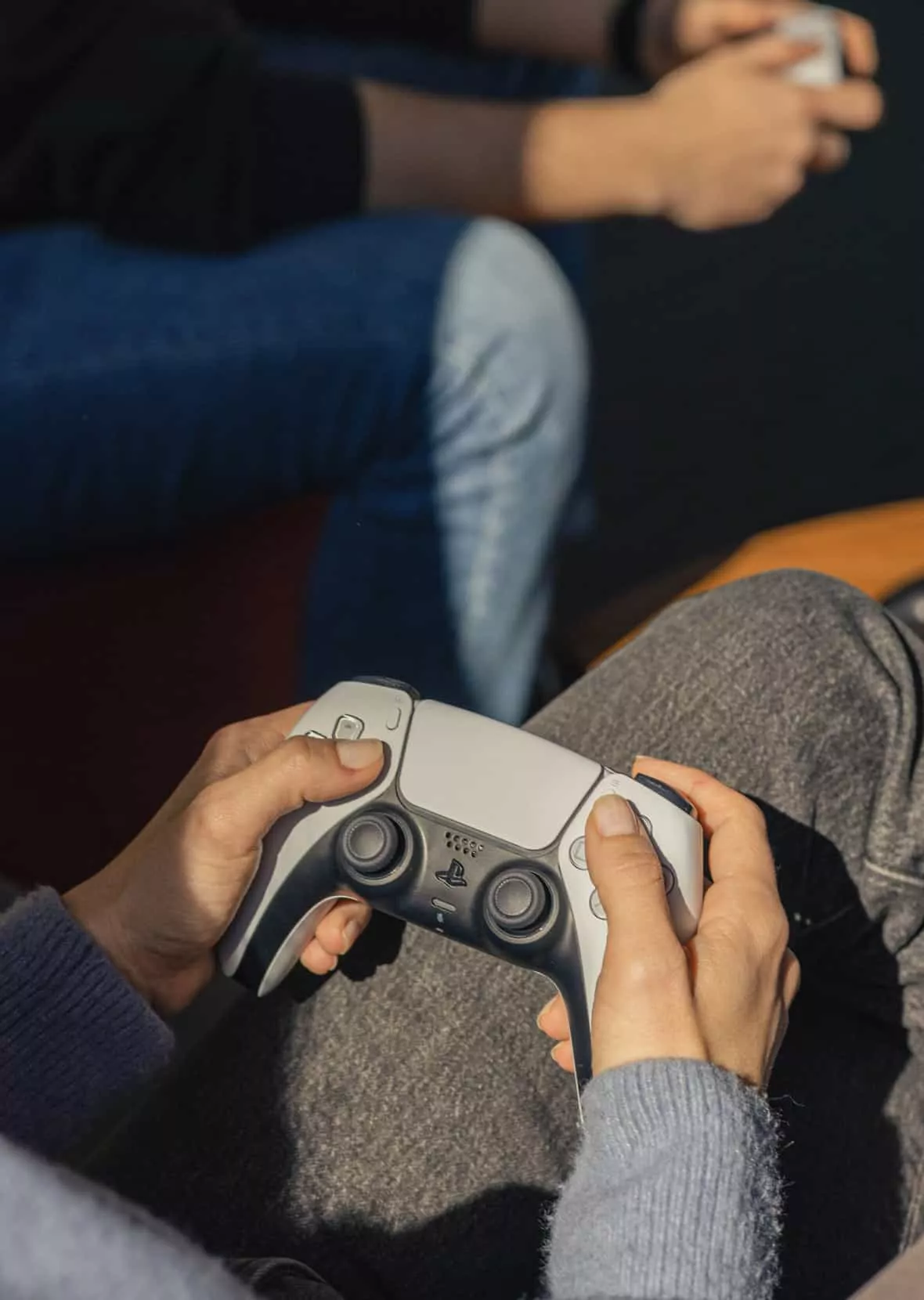IoT expert and CEO of a connected product consultancy firm, Daniel Barthel, shares insights on the emerging trends in IoT and advises businesses venturing into the field.
In a world where millions of devices are intricately connected through the vast web of the internet, the potential for data collection and seamless sharing has never been more promising. The Internet of Things (IoT) is constantly evolving and giving birth to new, game-changing trends that revolutionize how we live, work, and interact with our environment, driven by innovative IoT solution development.
In this sea of possibilities, how can businesses discern which trends to pay close attention to in order to generate revenue, gain a competitive edge, and navigate the IoT landscape effectively?
To find that out, we turned to an IoT expert, Daniel Barthel, the co-founder and CEO of Next Mile, a connected product development consultancy firm. Daniel has been helping enterprises overcome digital challenges for 15 years.
How the IoT landscape changed over the years
In the last five years, IoT has changed significantly. According to Daniel, it matured beyond its hype and has been settling into reality. Device- and platform-level solution providers are learning if, where, when, and how IoT can be genuinely valuable, aligning with always-shifting market needs.
Looking ahead to the future of IoT, we can expect some significant changes.
We’re exiting the hype era where cheap, ubiquitous connectivity was supposed to link everything together into techno-utopia. In the near term, IoT will crawl toward solutions that create genuine utility.
“We’ll probably see less wandering, inscrutable IoT offerings, and more short paths to value. I also expect business models for connected offerings to become more humane, with lower variability and fewer fees,” Daniel predicts.
We were curious about what he considers the most interesting use of the Internet of Things.
“Operation-wide digital twins synthesizing physical and virtual data into a business governance system are fascinating. They weave production equipment, facility, proof of work, product, and customer data together, culminating in total insight that links customers to their purchased product and their product’s production details. We’ve designed a few of these at Next Mile – they’re painstaking but worth it when you see real results in the P&L,” says Daniel.
In the office, digital twins are just getting started. Look for them to grow beyond equipment and facility monitoring and control, and ask yourself what a digital twin of your entire business might look like.“In the field, you’ll see more modular solutions that combine a standard, a protocol, and mutually compatible computing and sensing hardware into packages integrators can assemble as needed, simplifying integration. Successfully retrofitting pre-existing capital will continue getting less far-fetched and less expensive,” Daniel explains.
A critical trend to watch is the evolving regulatory landscape for IoT. Security breaches or privacy scandals could lead to industry-altering legislation.
IoT companies should be prepared for potential government actions impacting their operations.
“All it takes is another high-profile security breach or scandal that trods on normal peoples’ rights or privacy to spur reactive, industry-shaking legislation. Companies with IoT offerings are every bit as exposed to force majeure from government action as they are to hackers,” Daniel warns.
Staying ahead of the curve in IoT
Maintaining a cutting-edge approach in IoT means more than just keeping up with the latest trends. According to Daniel, you’re behind the curve when disruptive surprises keep occurring, results don’t match your effort and expenses, and when you can’t pinpoint why the connected version of your offering will deliver consistent, recurring value to its buyer and end-user. On the other hand, being ahead of the curve means three things:
1
Actively curated solution design: the right teams, tools, and technology in the right amount, doing the right thing at the right time.
2
Antifragile systems that can withstand changes and minimize change costs.
3
Organizational support for the full scope of IoT: early engineering, production and scaling, and fleet ownership.
Successful IoT implementation is a piecewise game that requires you to think about what’s around the corner. That’s why Daniel advises businesses venturing into IoT to be deliberate. Unlike Agile software development, connected product development doesn’t pivot quickly or cheaply, making the market penalty for “wrong” much higher than the penalty for “slow”.
It’s crucial to think carefully about each step and anticipate future challenges. Instead of speed-to-market, the mantra must be “value-to-market” – can you prove that your solution improves your users’ lives?
Is your IoT solution compelling enough to get users to switch away from their current approach to the problem? Sometimes, the dumb solution is smarter than the smart one.
Does your proposed business model align with the amount and method your customer might pay? We’ve seen an awful lot of subscription-like yet overly-complicated OpEx models die.
Will your costs at scale (meaning product quantity, SKU count, and/or fleet years) really add up the way you think? Or might foreseeable diseconomies force pricing or terms of service to rethink that disrupt customer expectations?
Next, assess the scalability of your project. Scaling isn’t simply increasing production volume. It requires transforming your entire digital ecosystem.
Lastly, you need to ask yourself how to continuously deliver value to a potentially large fleet or installed base over several years. IoT products are still digital products, and their development continues beyond the production stage. And according to Daniel’s recommendation, continuously improving and maintaining these products is essential for long-term success.
If you’re interested in gaining a competitive advantage in the Internet of Things realm, check out our IoT solutions page.










